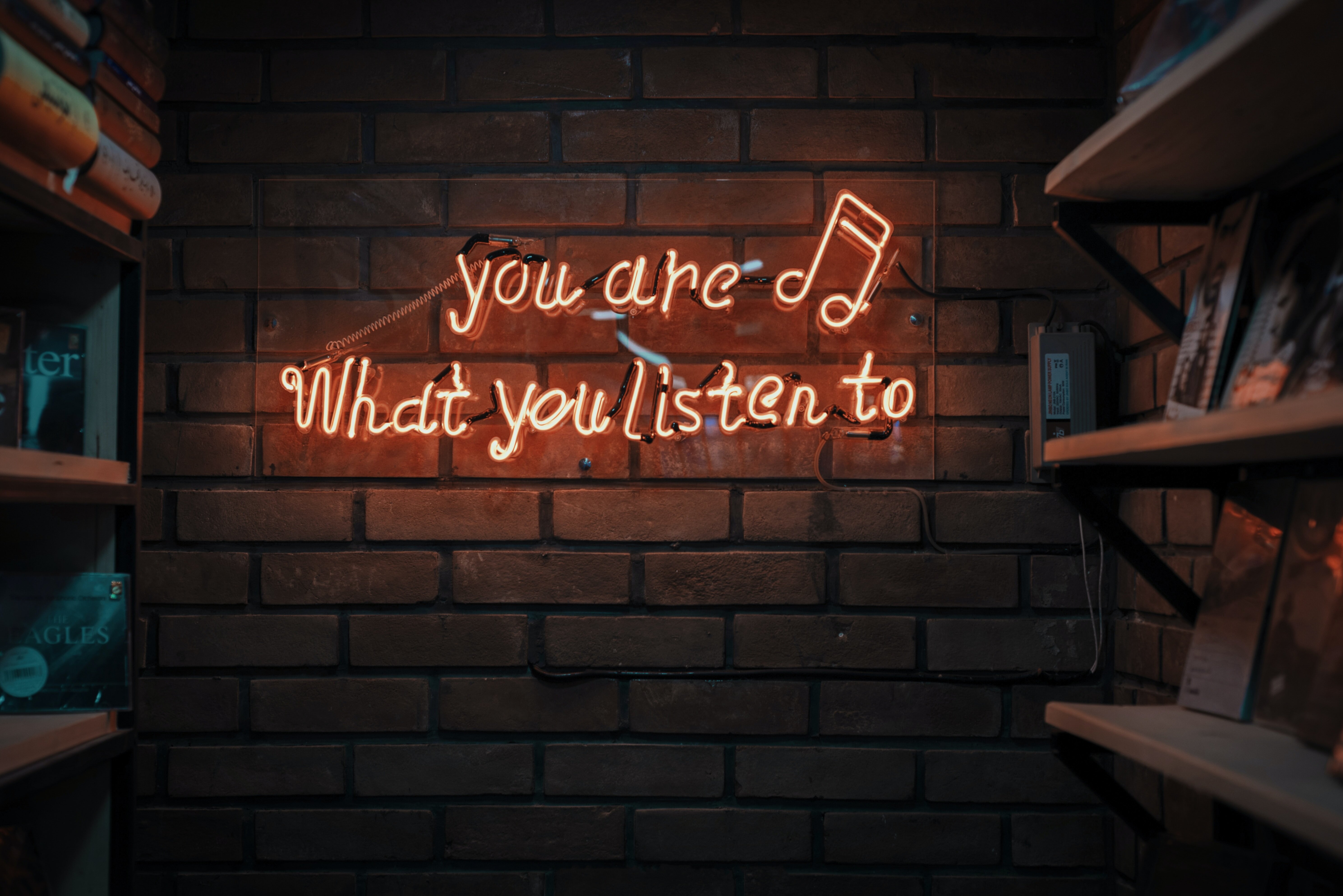Behind the Mic How Michelle Rojas Built Studio Nano and Revolutionized Voice Production in Dallas

The signal chain for professional voice work used to feel like a fortress, accessible only to those with deep pockets and even deeper connections in established media centers. Think about it: pristine acoustic treatment, racks of analog outboard gear humming just right, and the sheer cost of entry keeping smaller, specialized projects locked out. When we look at the audio production ecosystem in a major metropolitan area like Dallas, we often see a bifurcation: the legacy studios serving broadcast giants, and the home setups cobbled together with consumer-grade interfaces. This gap, this space between the high-end necessity and the low-end reality, is precisely where operational shifts become truly interesting.
I've been tracking the evolution of localized, high-fidelity voice capture for some time, and the emergence of Studio Nano under Michelle Rojas warrants a closer look, not just as a business success story, but as an engineering response to market friction. Rojas didn't just open another recording space; she seems to have systematically dismantled the traditional barriers associated with broadcast-quality audio delivery, particularly for the burgeoning corporate narration and localized digital content sectors. Let’s pull back the curtain on how this was achieved, focusing on the physical and procedural decisions that define their output quality.
The core of the Studio Nano approach, as I understand it from analyzing their published technical specifications and client feedback loops, centers on meticulous acoustic isolation married to a surprisingly streamlined digital front end. They appear to have bypassed the traditional reliance on massive, room-sized vocal booths, opting instead for highly specialized, small-footprint anechoic chambers, often built using proprietary damping materials that achieve equivalent noise floor reductions without the corresponding spatial footprint. This engineering choice has direct financial consequences, reducing real estate overhead substantially, but the sonic benefit is what interests me: maintaining near-perfect transient response and eliminating standing waves in a confined space requires a specific mathematical understanding of sound absorption coefficients.
Furthermore, the signal path itself seems deliberately curated to prioritize clarity over coloration, a departure from the warmer, perhaps muddier sound favored by some vintage-minded engineers. Rojas reportedly standardized on a very specific class of high-sensitivity condenser microphones, pairing them with ultra-low-noise preamplifiers that maintain a clean gain structure even when capturing the quietest vocal performances, like medical narration or sensitive e-learning modules. I suspect this focus on low noise floor is a direct reaction to the increasing dynamic range demands of modern platform delivery, where quiet passages must remain audible without hiss. They seem to have treated the voice not as a raw instrument to be heavily shaped, but as data to be captured with maximum integrity before any processing even begins.
The real disruption, however, might not be purely technical but procedural—how they manage the workflow across distances. Voice production today is rarely isolated to one physical room; it involves remote direction, asynchronous feedback, and often, multiple talent locations feeding into a central edit suite. Studio Nano seems to have built their operational model around ultra-low latency synchronization protocols, likely utilizing specialized network audio standards rather than standard internet streaming for real-time direction sessions. This operational agility, allowing a director in New York to effectively "sit in" the Dallas booth without noticeable delay, fundamentally changes the economics of where high-quality voice talent can be sourced and managed. It’s about making the physical location secondary to the quality of the captured file, a shift that requires robust infrastructure planning far beyond simply installing a good microphone.
Reflecting on this, the success of Studio Nano appears less about inventing new microphone technology and more about the precise, almost surgical integration of existing high-quality components into a system optimized for speed and fidelity within a specific geographic market constraint. They took the established performance benchmarks of the major coastal studios and engineered a local version that could meet those benchmarks while simultaneously addressing the logistical and cost pressures faced by mid-continent corporate clients. It’s a fascinating study in applied audio systems engineering, demonstrating that sometimes the most effective innovation isn't a new invention, but a radically efficient reorganization of the known variables.
More Posts from clonemyvoice.io:
- →Voice Cloning in Film Analyzing Milana Vayntrub's Performance as Sloane in This Is Us
- →Inside the Sound of Lilith Hazbin Hotel Voice
- →Trolls 3 Voice Talent How Actors Shaped Animated Sound
- →The Rise of Voice Cloning in Chicago's Audiobook Industry A 2024 Analysis
- →The Resonant Redemption Ted Williams' Journey from Homeless to Voice-Over Star
- →The Science Behind Voice Raspiness What Vocal Cord Vibrations Tell Us About Voice Texture